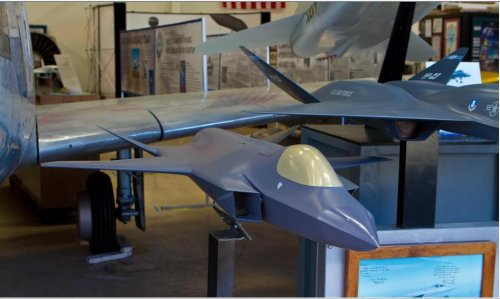- Joined
- 18 March 2008
- Messages
- 3,529
- Reaction score
- 976
CFE said:It would seem that the Lift Plus Lift-Cruise option wasn't the wisest choice for McDD, possibly used as a fallback after GCLF didn't work out. Would runway erosion have been a concern with the McDD STOVL aircraft?
From a commercial sense in that it’s not what the customer wanted maybe. From a program sense L+L/C is not so bad. Most significantly L+L/C does not place any further burden on the cruise engine to generate lift by and/or via additional nozzles and powered fans. Could the “McNorbrit” STOVL JSF have flown with the off the shelf F119 engine? Yes. Would the program have insisted on a new, higher bypass JSF engine? Probably, but with only half the lift to generate that engine could have been a lot simpler than our F135/F136.
While the L+L/C had the most weight penalty of all the STOVL designs it was by far the easiest to field. It also provided a significant survivability benefit with a ‘get me home’ capability in case the main engine failed. While in peacetime one engine out in modern fighters is hugely overrated by various proponents it is better than nothing and very nice to have if you must spend some time below the trash fire line.

















